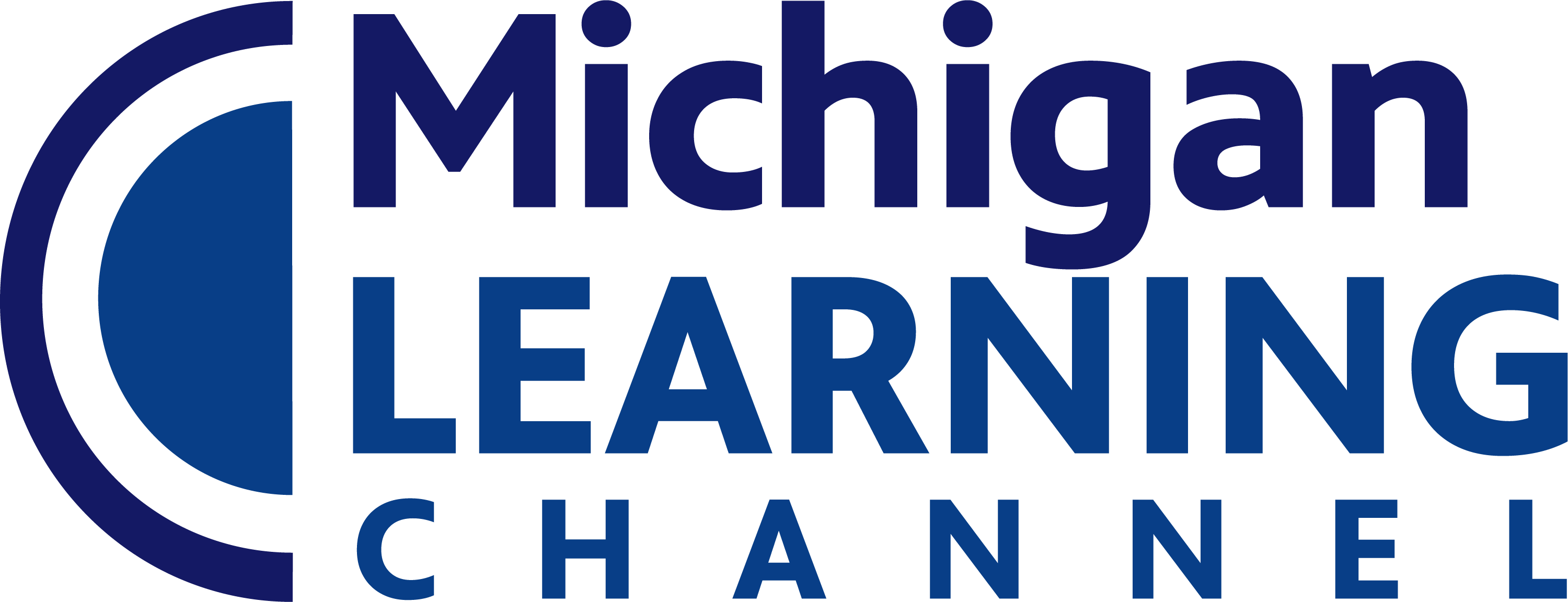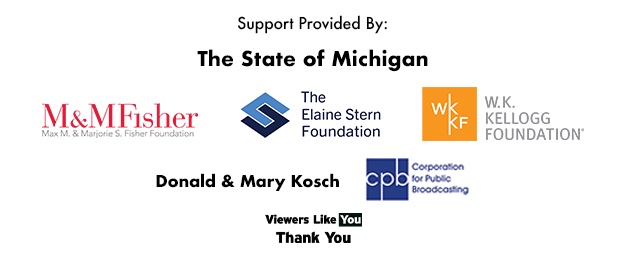Grades
Standard
Summarize written a text read aloud or information presented in diverse media and formats, including visually, quantitatively, and orally.
Summarize the points a speaker makes and explain how each claim is supported by reasons and evidence.
Report on a topic or text or present an opinion, sequencing ideas logically and using appropriate facts and relevant, descriptive [...]
Include multimedia components (e.g., graphics, sound) and visual displays in presentations when appropriate to enhance the development of main ideas [...]
Adapt speech to a variety of contexts and tasks, using formal English when appropriate to task and situation. (See grade [...]
Demonstrate command of the conventions of standard English grammar and usage when writing or speaking.
Explain the function of conjunctions, prepositions, and interjections in general and their function in particular sentences.
Read grade-level prose and poetry orally with accuracy, appropriate rate, and expression.
Use context to confirm or self-correct word recognition and understanding, rereading as necessary.
Write opinion pieces on topics or texts, supporting a point of view with reasons and information.
Write routinely over extended time frames (time for research, reflection, and revision) and shorter time frames (a single sitting or [...]
Introduce a topic or text clearly, state an opinion, and create an organizational structure in which ideas are logically grouped [...]
Provide logically ordered reasons that are supported by facts and details.
Link opinion and reasons using words, phrases, and clauses (e.g., consequently, specifically).
Provide a concluding statement or section related to the opinion presented.
Write informative/explanatory texts to examine a topic and convey ideas and information clearly.
Introduce a topic clearly, provide a general observation and focus, and group related information logically; include formatting (e.g., headings), illustrations, [...]
Develop the topic with facts, definitions, concrete details, quotations, or other information and examples related to the topic.
Link ideas within and across categories of information using words, phrases, and clauses (e.g., in contrast, especially).
Use precise language and domain-specific vocabulary to inform about or explain the topic.
Provide a concluding statement or section related to the information or explanation presented.
Write narratives to develop real or imagined experiences or events using effective technique, descriptive details, and clear event sequences.
Orient the reader by establishing a situation and introducing a narrator and/or characters; organize an event sequence that unfolds naturally.
Use narrative techniques, such as dialogue, description, and pacing, to develop experiences and events or show the responses of characters [...]
Use a variety of transitional words, phrases, and clauses to manage the sequence of events.
Use concrete words and phrases and sensory details to convey experiences and events precisely.
Provide a conclusion that follows from the narrated experiences or events.
Compare and contrast two or more characters, settings, or events in a story or drama, drawing on specific details in [...]
Determine the meaning of words and phrases as they are used in a text, including figurative language such as metaphors [...]
Explain how a series of chapters, scenes, or stanzas fits together to provide the overall structure of a particular story, [...]
Describe how a narrator’s or speaker’s point of view influences how events are described.
Analyze how visual and multimedia elements contribute to the meaning, tone, or beauty of a text (e.g., graphic novel; multimedia [...]
Compare and contrast stories in the same genre (e.g., mysteries and adventure stories) on their approaches to similar themes and [...]
Quote accurately from a text when explaining what the text says explicitly and when drawing inferences from the text.
By the end of the year, read and comprehend informational texts, including history/social studies, science, and technical texts, at the [...]
Determine two or more main ideas of a text and explain how they are supported by key details; summarize the [...]
Explain the relationships or interactions between two or more individuals, events, ideas, or concepts in a historical, scientific, or technical [...]
Determine the meaning of general academic and domain-specific words and phrases in a text relevant to a grade 5 topic [...]
Compare and contrast the overall structure (e.g., chronology, comparison, cause/effect, problem/solution) of events, ideas, concepts, or information in two or [...]
Analyze multiple accounts of the same event or topic, noting important similarities and differences in the point of view they [...]
Draw on information from multiple print or digital sources, demonstrating the ability to locate an answer to a question quickly [...]
Explain how an author uses reasons and evidence to support particular points in a text, identifying which reasons and evidence [...]
Integrate information from several texts on the same topic in order to write or speak about the subject knowledgeably.
Know and apply grade-level phonics and word analysis skills in decoding words.
Use combined knowledge of all letter-sound correspondences, syllabication patterns, and morphology (e.g., roots and affixes) to read accurately unfamiliar multisyllabic [...]
Use commas and quotation marks to mark direct speech and quotations from a text.
Use a comma before a coordinating conjunction in a compound sentence.
Grades
Standard
Summarize written a text read aloud or information presented in diverse media and formats, including visually, quantitatively, and orally.
Summarize the points a speaker makes and explain how each claim is supported by reasons and evidence.
Report on a topic or text or present an opinion, sequencing ideas logically and using appropriate facts and relevant, descriptive [...]
Include multimedia components (e.g., graphics, sound) and visual displays in presentations when appropriate to enhance the development of main ideas [...]
Adapt speech to a variety of contexts and tasks, using formal English when appropriate to task and situation. (See grade [...]
Demonstrate command of the conventions of standard English grammar and usage when writing or speaking.
Explain the function of conjunctions, prepositions, and interjections in general and their function in particular sentences.
Read grade-level prose and poetry orally with accuracy, appropriate rate, and expression.
Use context to confirm or self-correct word recognition and understanding, rereading as necessary.
Write opinion pieces on topics or texts, supporting a point of view with reasons and information.
Write routinely over extended time frames (time for research, reflection, and revision) and shorter time frames (a single sitting or [...]
Introduce a topic or text clearly, state an opinion, and create an organizational structure in which ideas are logically grouped [...]
Provide logically ordered reasons that are supported by facts and details.
Link opinion and reasons using words, phrases, and clauses (e.g., consequently, specifically).
Provide a concluding statement or section related to the opinion presented.
Write informative/explanatory texts to examine a topic and convey ideas and information clearly.
Introduce a topic clearly, provide a general observation and focus, and group related information logically; include formatting (e.g., headings), illustrations, [...]
Develop the topic with facts, definitions, concrete details, quotations, or other information and examples related to the topic.
Link ideas within and across categories of information using words, phrases, and clauses (e.g., in contrast, especially).
Use precise language and domain-specific vocabulary to inform about or explain the topic.
Provide a concluding statement or section related to the information or explanation presented.
Write narratives to develop real or imagined experiences or events using effective technique, descriptive details, and clear event sequences.
Orient the reader by establishing a situation and introducing a narrator and/or characters; organize an event sequence that unfolds naturally.
Use narrative techniques, such as dialogue, description, and pacing, to develop experiences and events or show the responses of characters [...]
Use a variety of transitional words, phrases, and clauses to manage the sequence of events.
Use concrete words and phrases and sensory details to convey experiences and events precisely.
Provide a conclusion that follows from the narrated experiences or events.
Compare and contrast two or more characters, settings, or events in a story or drama, drawing on specific details in [...]
Determine the meaning of words and phrases as they are used in a text, including figurative language such as metaphors [...]
Explain how a series of chapters, scenes, or stanzas fits together to provide the overall structure of a particular story, [...]
Describe how a narrator’s or speaker’s point of view influences how events are described.
Analyze how visual and multimedia elements contribute to the meaning, tone, or beauty of a text (e.g., graphic novel; multimedia [...]
Compare and contrast stories in the same genre (e.g., mysteries and adventure stories) on their approaches to similar themes and [...]
Quote accurately from a text when explaining what the text says explicitly and when drawing inferences from the text.
By the end of the year, read and comprehend informational texts, including history/social studies, science, and technical texts, at the [...]
Determine two or more main ideas of a text and explain how they are supported by key details; summarize the [...]
Explain the relationships or interactions between two or more individuals, events, ideas, or concepts in a historical, scientific, or technical [...]
Determine the meaning of general academic and domain-specific words and phrases in a text relevant to a grade 5 topic [...]
Compare and contrast the overall structure (e.g., chronology, comparison, cause/effect, problem/solution) of events, ideas, concepts, or information in two or [...]
Analyze multiple accounts of the same event or topic, noting important similarities and differences in the point of view they [...]
Draw on information from multiple print or digital sources, demonstrating the ability to locate an answer to a question quickly [...]
Explain how an author uses reasons and evidence to support particular points in a text, identifying which reasons and evidence [...]
Integrate information from several texts on the same topic in order to write or speak about the subject knowledgeably.
Know and apply grade-level phonics and word analysis skills in decoding words.
Use combined knowledge of all letter-sound correspondences, syllabication patterns, and morphology (e.g., roots and affixes) to read accurately unfamiliar multisyllabic [...]
Use commas and quotation marks to mark direct speech and quotations from a text.
Use a comma before a coordinating conjunction in a compound sentence.


